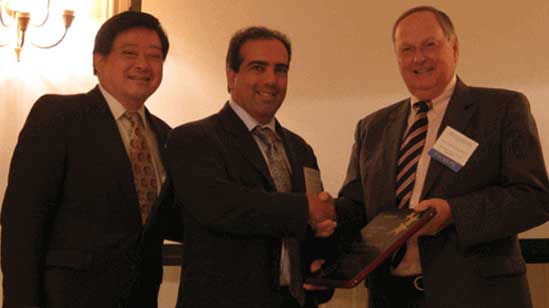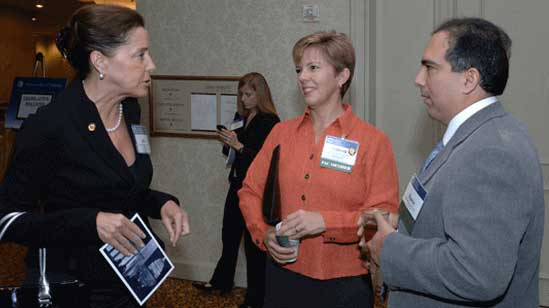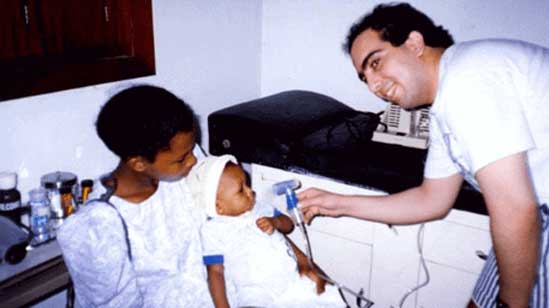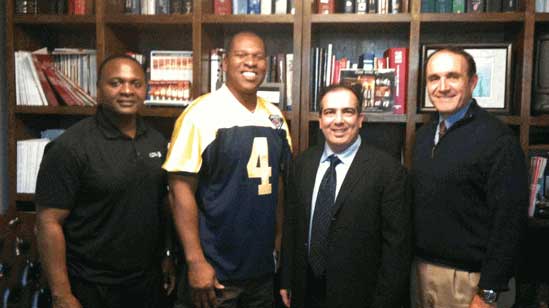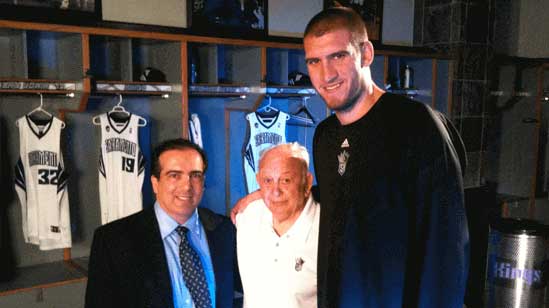Reading Food Labels
The labels on canned, packaged, and frozen foods tell you what's really in the foods you eat. Comparing labels will help you choose foods that are low in fat, cholesterol, sodium (salt), and calories. Reading food labels is a big step toward eating for a healthier heart. Look for the "Nutrition Facts" label on packaged foods.
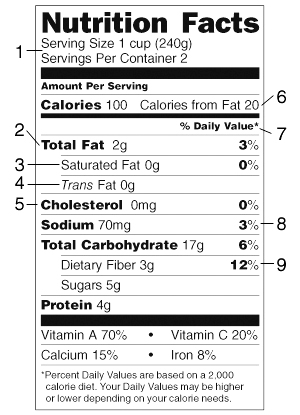
1. Serving Size
Look at this closely. This is the amount of food in 1 serving. If you eat more, you get more of everything on the label-including fat, cholesterol, and calories.
2. Total Fat
This number tells you how many grams (g) of fat are in 1 serving. Choose foods with a low number for total fat.
3. Saturated Fat
This number tells you how many grams (g) of saturated fat are in 1 serving. Saturated fat raises your cholesterol the most. Look for foods that have little or no saturated fat.
4. Trans Fat
This number tells you how much trans fat is in 1 serving. Like saturated fat, trans fat raises your cholesterol. Choose foods that have little or no trans fat.
5. Cholesterol
This number tells you how much cholesterol is in 1 serving. You should eat less than 300 milligrams (mg) of cholesterol a day.
6. Calories from Fat
This number tells you how many calories from fat are in 1 serving. Look for foods with few calories from fat.
7. % Daily Value
A large number means 1 serving contains a lot of that ingredient. A low number means 1 serving contains a small amount. Look for foods that have low numbers for total fat, saturated fat, trans fat, cholesterol, and sodium.
8. Sodium
This number tells you how much sodium is in 1 serving. Choose foods with low numbers for sodium. Or look for foods that say Low-Sodium or Sodium-Free.
9. Dietary Fiber
This number tells you how much fiber is in 1 serving. Look for foods that are high in fiber.
Publication Source: Heart Failure Society of America
Online Source: Heart Failure Society of America
Date Last Reviewed: 2007-01-15T00:00:00-07:00
Date Last Modified: 2006-07-28T00:00:00-06:00

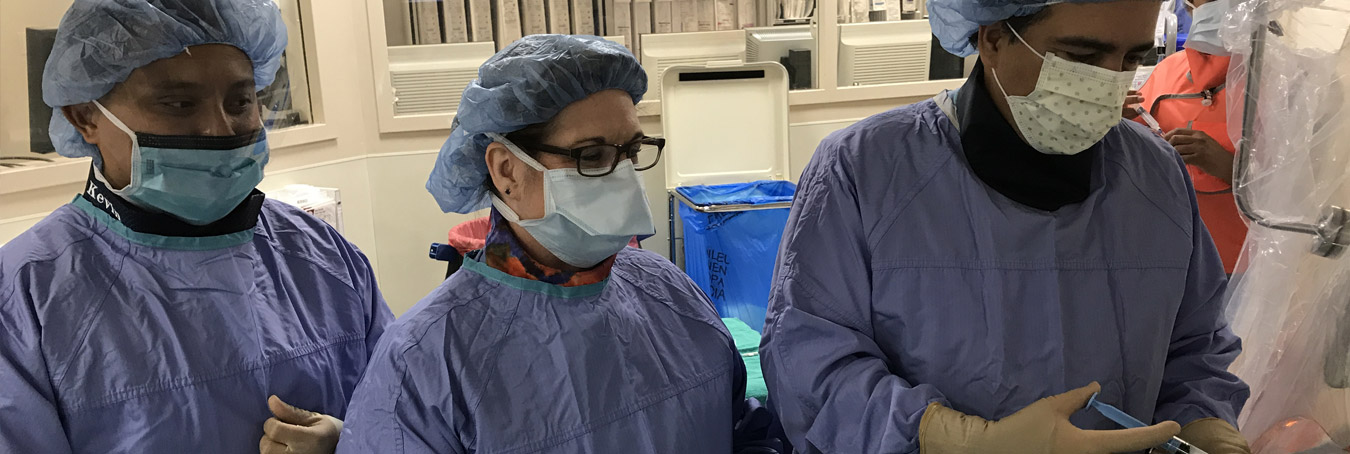




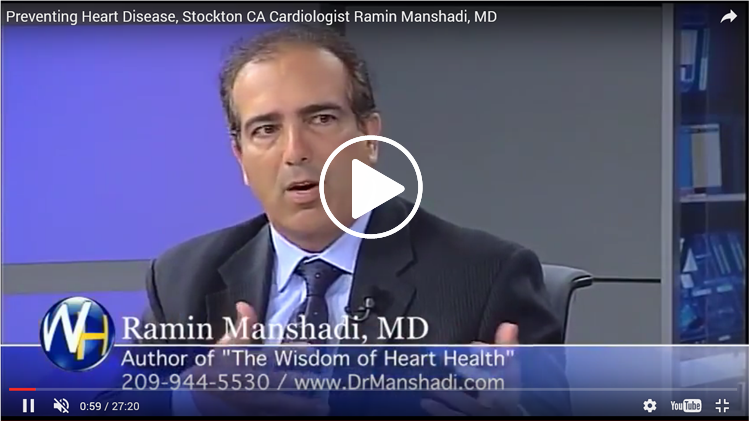


 Click Here for More Details
Click Here for More Details
